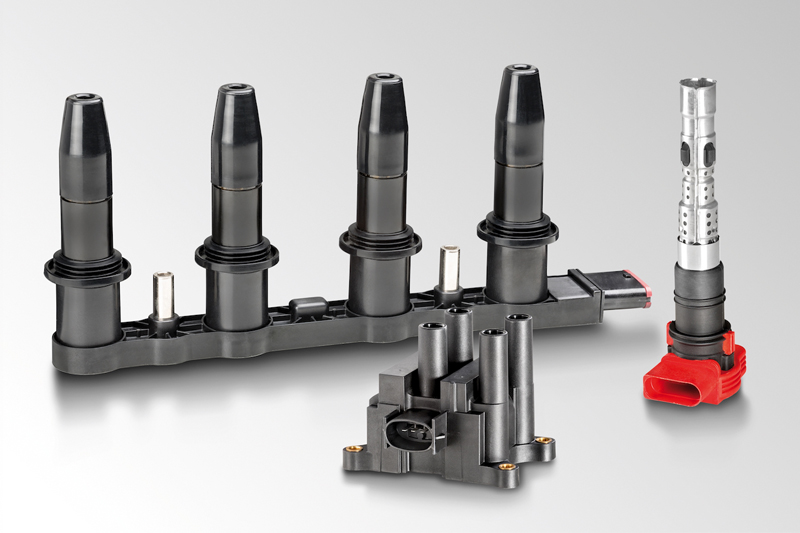
Particularly with the level of scrutiny that the vehicle’s emissions come under during both its initial design and annual MOT test, exhaust emissions are at the heart of engine management. The tightening of laws to reduce exhaust emissions has been followed by an improvement in the technology for its aftertreatment, explains Hella.
In conjunction with an ECU (electronic control unit), the effective control of this area comes down to exhaust pressure, exhaust gas temperature, and oxygen (lambda) sensors and their harmonious interaction, which is where original equipment (OE) manufacturer and system supplier, Hella, comes to the fore.
Hella says it is an expert when it comes to the sophisticated electronics that are necessary to produce the high quality and reliable sensors required to keep these emissions within their design criteria. So, alongside Hella Gutmann Solutions – the company’s technical data and diagnostic hardware specialist sibling – motor factors can rely on its combination of OE competence and technical know-how.
Focus on the lambda
For the contemporary internal combustion engine, optimal air-fuel combustion is required in order to ensure an ideal conversion rate of the catalytic converter. In the case of a petrol engine, this is achieved
with an air-fuel ratio of 14.7kg air to 1kg fuel. This mixture is designated by the Greek letter λ (lambda). Therefore, lambda is used to express the air ratio between the theoretical air requirement and the actual air flow supplied.
The lambda sensor principle is based on an oxygen comparison measurement. This means that the remaining oxygen content of the exhaust emission (approximately 0.3-3%) is compared with the oxygen content of the ambient air (approximately 20.8%).
If the remaining oxygen content of the exhaust emission is 3% (lean mixture), there is a voltage of 0.1V, due to the difference compared with the oxygen content of the ambient air; whereas if the remaining oxygen content is less than 3% (rich mixture), the sensor voltage rises to 0.9V in proportion to the increased difference. The remaining oxygen content is measured using various lambda sensors.
The function of the lambda sensor is usually checked during the routine exhaust emissions test. However, since it is subject to a certain amount of wear, it should be checked at regular intervals (approximately every 20,000 miles) to ensure that it is working properly.
Finally, as the new lambda needs to adapt to the injection system, it will initially cause the engine to run somewhat erratically. Hella therefore recommends that motor factors remind workshops that the vehicle should be taken for an extended test drive, and that the customer is informed of these short-term characteristics when collecting their vehicle.







